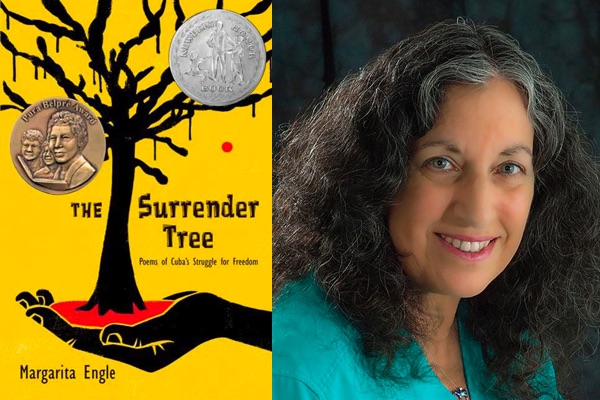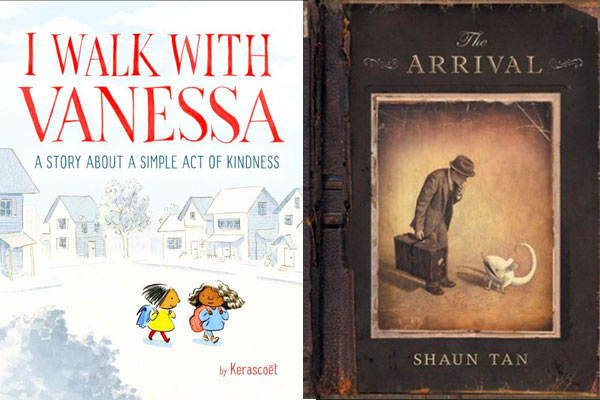English Language Learners (ELL) Standards Support
Inspired by the Teaching English to Speakers of Other Languages International Association1, the reference points that are bolded below can enhance your English Language Learner instruction.
Share authentic author and illustrator experiences, allowing students to see themselves in professionals' accounts.
Watch, read, and listen to authors and illustrators reveal their purpose, writing, and research processes with TeachingBooks’ exclusively created primary source materials.
Listen as Rukhsana Khan shares the inspiration and cultural influence in this Meet-the-Author Recording for King for a Day.
Gain insight into author Omar Mohamed’s experience in a refugee camp while watching this video book reading for When Stars are Scattered.
Consider this Meet-the-Author Recording with Yuyi Morales about her book, Dreamers, where she shares the range of emotions she felt as a new mother coming to America from Mexico.


Build background knowledge and preteach using author movies and book readings.
Build listening skills and provide insight into the complexity of Rosa la Bayamesa's and Cuba's struggle through a decades-long war by sharing Margarita Engle's Meet-the-Author Recording for The Surrender Tree.
Listen to this audiobook excerpt for Save Me a Seat by Gita Varadarajan and reflect on Ravi’s school experiences in India and America.
Consider the effect of stereotypes with Jasmine Warga as she reveals her inspiration for Other Words for Home in this Meet-the-Author Recording.
Build an appreciation for beliefs and traditions from different cultures with this Meet-the-Author Recording for Alma and How She Got Her Name by Juana Martinez-Neal.
Create a language-rich environment using paired texts to provide additional context for new information.
Dive into the World Language Resources page to provide resources in multiple languages.
Build background knowledge and practice fluency with titles containing reader’s theater scripts.
Pair Whale Fall and Life After Whale to increase vocabulary and content knowledge for the same topic. Use Vocabulary Graphic Organizers to reinforce the learning.
Provide multiple formats of texts like Kwame Alexander’s The Crossover to support a variety of learning styles and abilities.


Develop vocabulary and teach academic language with resources for the books you teach.
Integrate ready-to-use vocabulary lists and organizers to deepen understanding and support readers across skill levels as they develop their own vocabulary knowledge—definitions, contexts, usage, and relationships.
Access the Concept Book Collection to introduce new vocabulary surrounding specific topics.
Reinforce sounds and recognition of print words while listening to audiobook excerpts. Translate the transcription into the reader’s first language to support English language acquisition.
Explore stories without words to develop vocabulary and oral language skills.
1. Referenced from "TESOL Pre-K-12 English Language Proficiency Standards Framework." Teaching English to Speakers of Other Languages, https://www.tesol.org/media/fuwijiu4/bk_prek-12elpstandards_framework_318.pdf.

